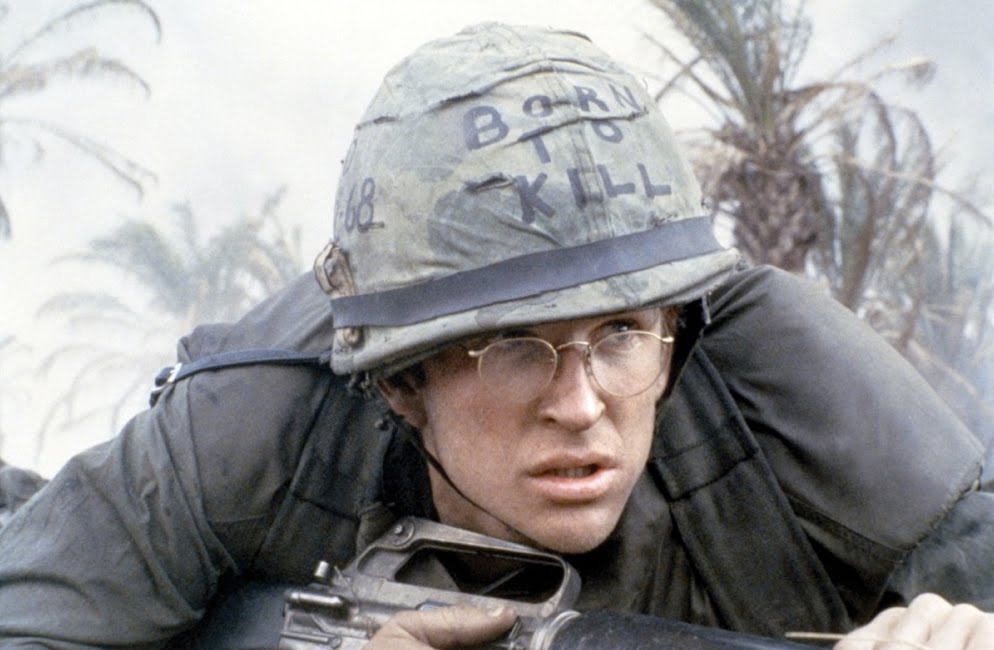
Objects tell a story in their own right. They don’t need to talk like Woody or Buzz, nor do they have to be injected or protruding from characters like Captain America or Wolverine. They just have to be themselves, to express the themes of the story, and ultimately draw in the spectator and attract them to the nature of the film.
This is a list that contemplates how items in film can be also characters in a story, or condensing spaces for characters that in other arrangements couldn’t bear to be together.
When we tell a story, everything is for something, either a color, date, jacket or device. They are all for what the story means and hopes to be in the end, as a wholesome experience, that for the purposes of this list has these few picturesque items that have drawn our attention in recent times.
15. The Homemade Bullets in “The Patriot” (2000)
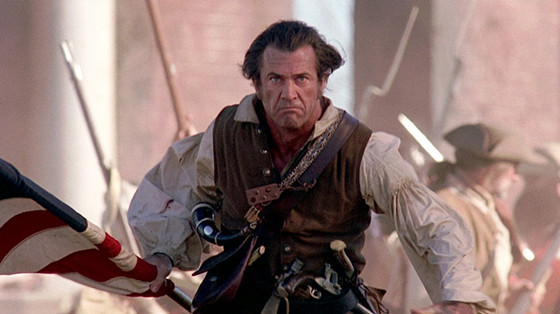
This is one of the most intricate items on this list, for the analogy it conveys and how Benjamin Martin literally manages to craft emotion into the physical world, taking vengeance and solace in his hands, having what he lost be the fire of repaying what embers are now left.
Unlike any item of this list, these homemade bullets prove very rich as to how the subject of taking matters into one’s own hands can be incredibly meaningful if well written, and allocated with a profound sense of meaning and emotional value.
14. Bianca in “Lars and The Real Girl” (2007)
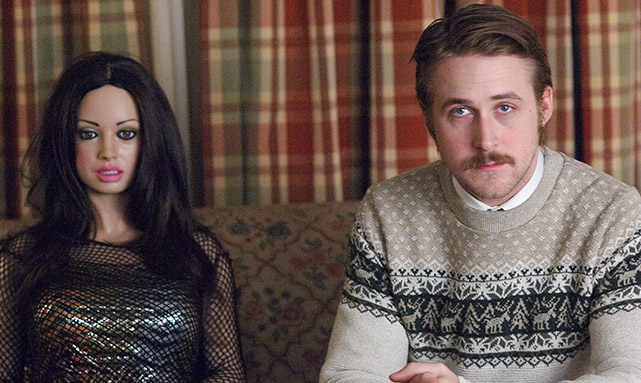
Ryan Gosling’s method acting had sources saying he used to take Bianca with him through interviews upon the release of the film. This film, like others on this list, features a character item having a personality throughout the story.
However, what Bianca IS to Lars is the output for his frustrated inability to communicate, opting for a lonesome companion. To call this film a movie influenced by the work of Pedro Almodóvar would be far-fetched, but the semblance with “Talk to Her” (2002) is very much omnipresent, in a clearly different arrangement and style, but still beautifully told.
13. The “Begin Again” Split Headphones (2013)
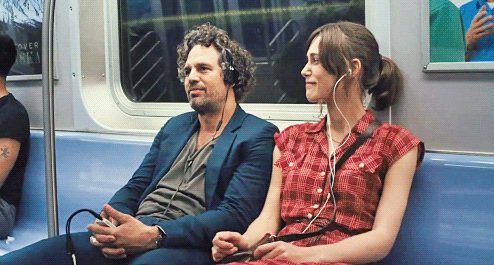
Talk about objects that summarize a film. The split headphones are one the nicest props that feature on this list, mostly as to how delicate this object is introduced. The story of its origins is immediately introduced in the love story of Dan and Miriam, and how they are drawn together. A positive attribute is immediately added to the splitter cable.
It is through Gretta that Dan remembers all the positive twists of love and music and unpredictability that he used to feel. Gretta and her music are this sort of cue, separating from the ostensibly known Manic Pixie Dream Girl trope, shaping herself as a motif rather than a love story, showcasing more the side of love that comes from ourselves rather than from others.
12. All the Records in “High Fidelity” (2000)
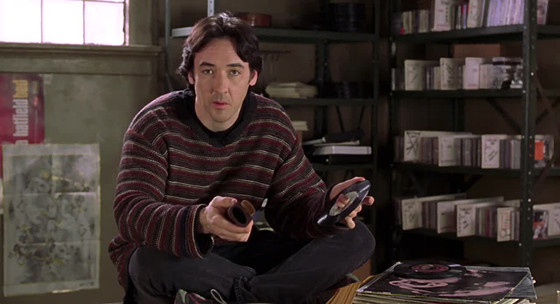
One of John Cusack’s most memorable performances comes from this anticlimactic but truthful and real film. Rob’s (Cusack) fixated-on-the-past behavior and obsessive judgement could prove ultimately damaging in other contexts. Here, it makes a strong case for observing the past with detail and taking action, rather than falling into the lethargic category of not seizing opportunities.
Rob’s examination of the past is beautifully alluded to in every record and the nature of records, and how by being collectible pieces of moments and memories, they stand as living content, very much like relationships. Like our favorite records, they mark us with an emotional scar that leave us trying to remember how we were drawn to the love of music, or the music of love, for purposes of this film.
11. The Flip Book in “Before I Disappear” (2014)
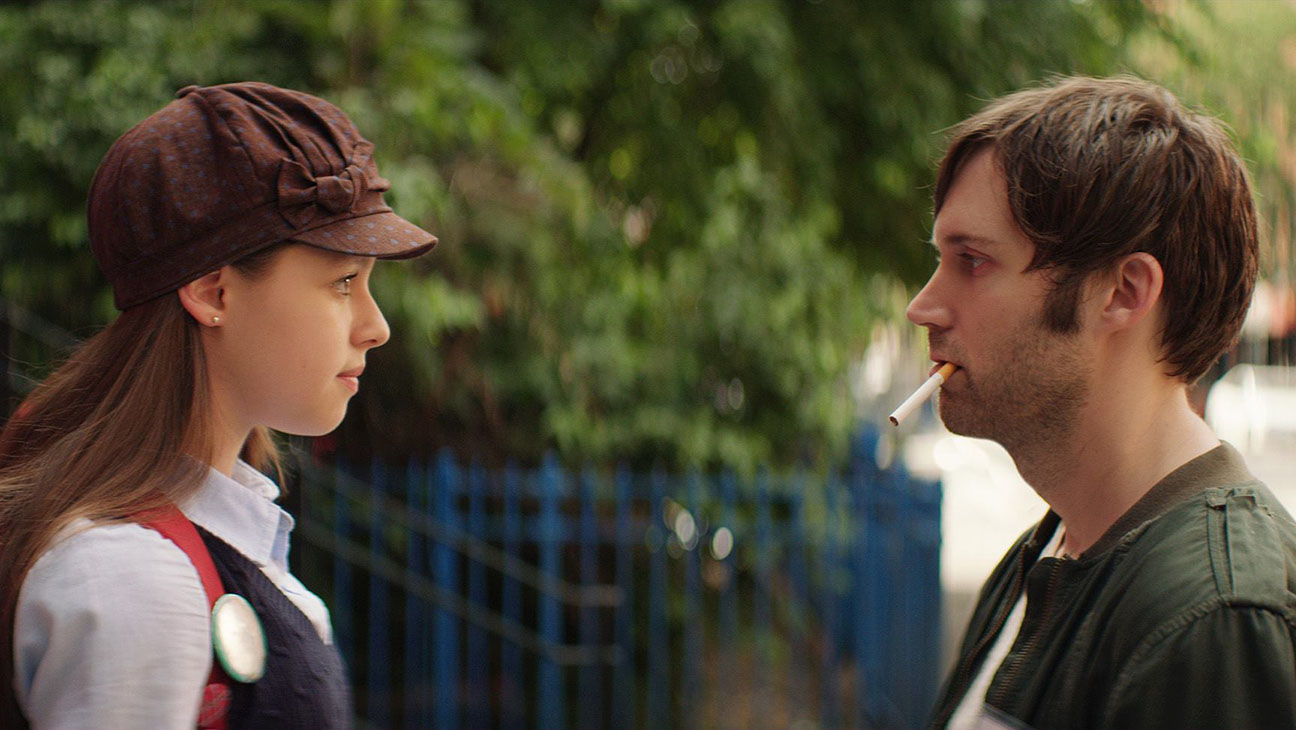
This is one of the most intricate items on this list (despite being quite simple as an object), for it conveys an emotional depth that has innocence as the one uniting factor between estranged brother and sister, Richie and Maggie. How the flip book is revealed at first, in the eyes of Sophia, is the first hint at innocence that the viewer is shown.
The flip book later gathers momentum with Richie’s final confrontation with Maggie, where past and present collide, with innocence and better times being the things that ultimately bond us in deeper ways than we could have expected.
10. Twinkies in “Zombieland” (2009)
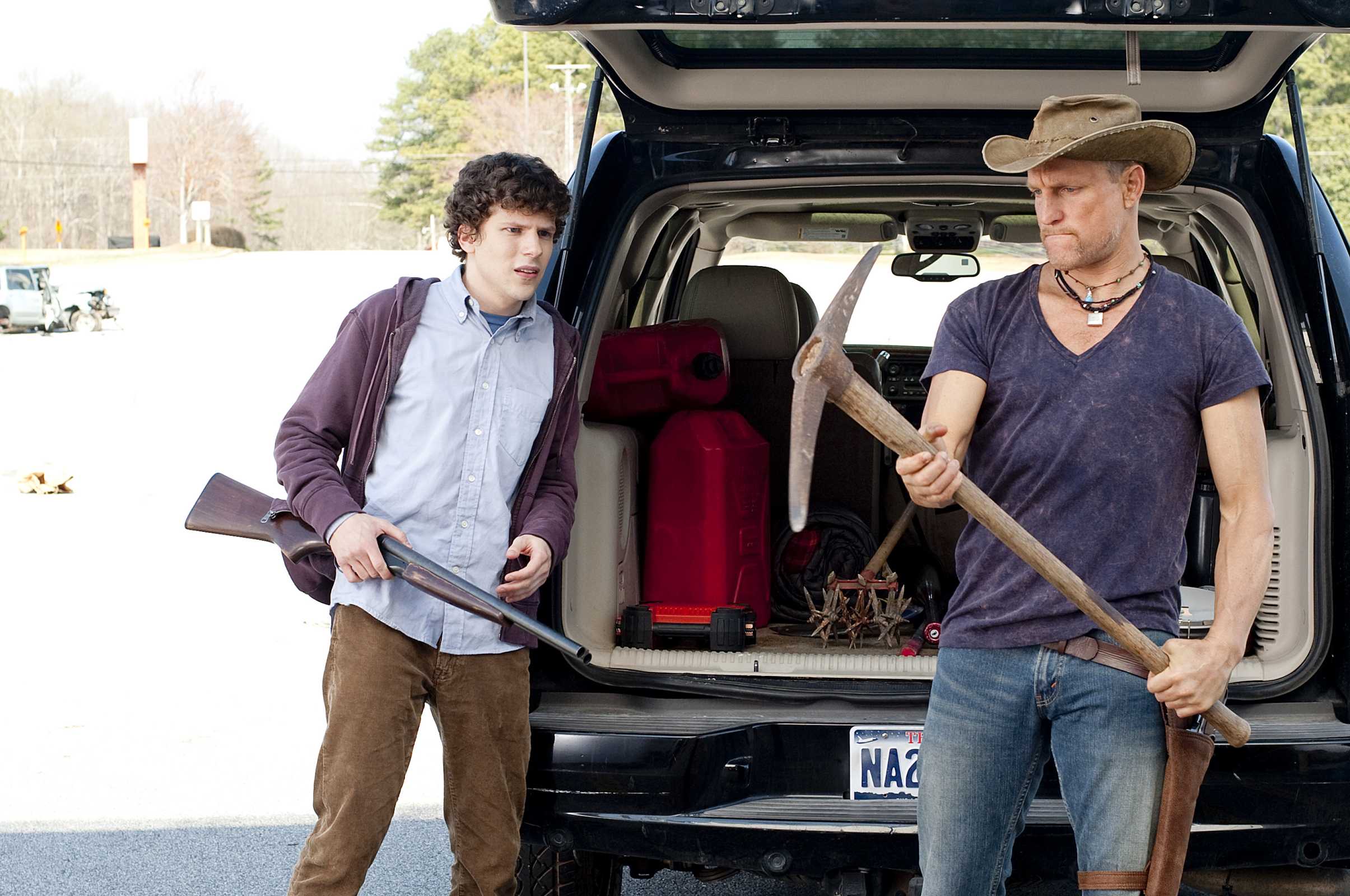
This motif is perhaps the funniest on this list, but it’s effectively reliant on the fact that it is more than that. “Zombieland” is a well-crafted story that chooses to name characters after cities from the places they come from, and unites them as unlikely peers at the end of the world.
Columbus, Wichita, and their love story has a subplot of Tallahassee and his son driving the sentiment of “Zombieland” and how still, the inhabitants of this world are still human and still have emotion. The soft, cushioned and delicious Twinkies are a direct remembrance of Tallahassee’s son. It’s an uncomplicated analogy; not pretentious, but still a working one.
9. Luke Glanton’s motorcycle in “The Place Beyond the Pines” (2012)

This is a must-watch film on Father’s Day. It is all about the strength of tradition and the shape of things through the turns of life, and one of the most beautiful things of this tale is how it kicks you hard in the end, with the slow burner effect being a masterstroke from director Derek Cianfrance.
Ryan Gosling, as with every committed performance he crafts, has the natural environment as his partner in crime, and how he he chooses his bike is no exception to this. The bike is an extension to his runaway personality. In the beginning, it is purely the stunt driver motif, but later it finds solace in the meaning of family, and how the bike is now an obstacle in this.
Later, the runaway vehicle is molded in black, not only ready for pursuit, but also as a symbol of the committed lifestyle of Luke’s nature. Like the drug-like feeling speed and chase can give, he chooses to offer himself to the bike and the road, ultimately dying in this manner.
The final transformation the bike suffers is one of the most beautiful transfigurations something can have; it is rearranged to an idea, something intangible and visceral. This is how he later takes this gift, this bestowed idea of driving, and instinctively hits the road, like a toddler taking his first steps or a teenager learning to ride a bicycle. And the cycle closes.